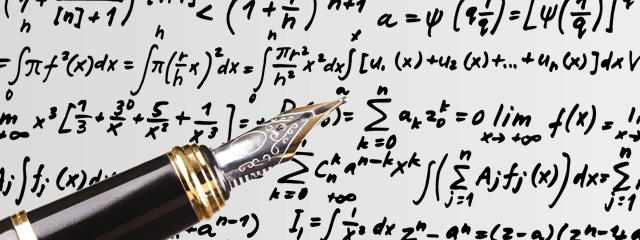Product Certification
This article explains the saga of having electronic products certified for sale. In order to be able to sell a piece of electronic equipment or device in a country, various certifications may be required to be acquired as per the appropriate governing regulations set by that country. Each country may mandate compliance with its own set of standards which would form a large stockpile of documents. However in most cases, such standards are derived from or are variations of a more internationally recognized standard such as the one laid out by the IEC (International Electrotechnical Commission). An example is the BS EN 55024, a British Standard that lays down the limits ...




